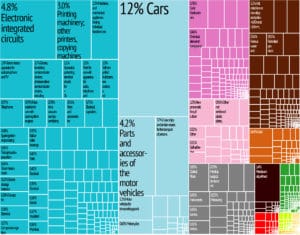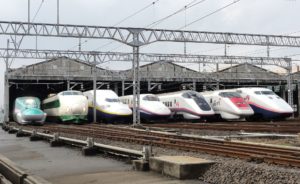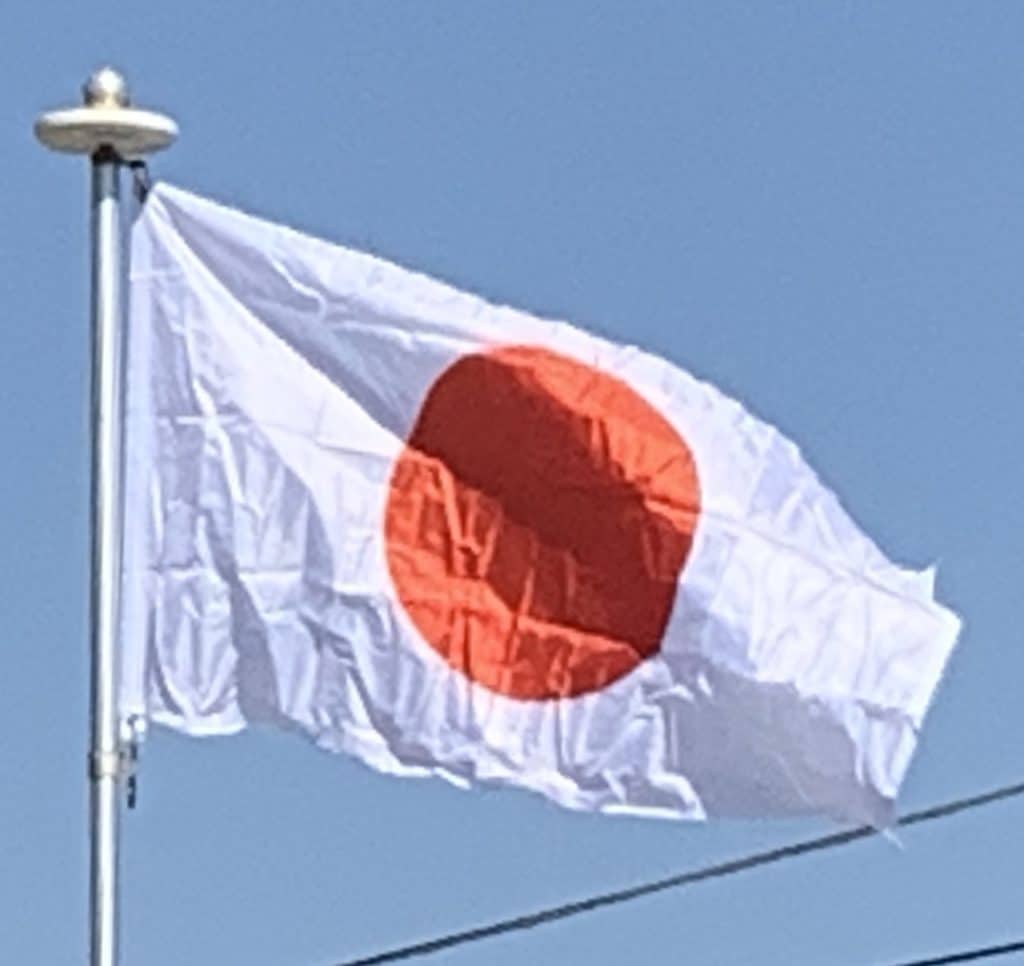
As of 2017, Japan’s labor force consisted of some 65 million workers. Japan has a low unemployment rate of around three percent. Around 16 percent of the population were below the poverty line in 2013. Housing in Japan is characterized by limited land supply in urban areas.
Japan’s exports amounted to US$5,430 per capita in 2017. As of 2017, Japan’s main export markets were the United States (19.4 percent), China (19 percent), South Korea (7.6 percent), Hong Kong (5.1 percent) and Thailand (4.2 percent). Its main exports are transportation equipment, motor vehicles, iron and steel products, semiconductors and auto parts. Japan’s main import markets as of 2017 were China (24.5 percent), the United States (11 percent), Australia (5.8 percent), South Korea (4.2 percent), and Saudi Arabia (4.1 percent). Japan’s main imports are machinery and equipment, fossil fuels, foodstuffs (in particular beef), chemicals, textiles and raw materials for its industries. By market share measures, domestic markets are the least open of any OECD country.

Japan ranks 34th of 190 countries in the 2018 ease of doing business index and has one of the smallest tax revenues of the developed world. The Japanese variant of capitalism has many distinct features: keiretsu enterprises are influential, and lifetime employment and seniority-based career advancement are relatively common in the Japanese work environment. Japanese companies are known for management methods like “The Toyota Way“, and shareholder activism is rare. Japan also has a large cooperative sector, with three of the ten largest cooperatives in the world, including the largest consumer cooperative and the largest agricultural cooperative in the world.
Transportation:
Japan’s road spending has been extensive. Its 1.2 million kilometers (0.75 million miles) of paved road are the main means of transportation. As of 2012, Japan has approximately 1,215,000 kilometers (755,000 miles) of roads made up of 1,022,000 kilometers (635,000 miles) of city, town and village roads, 129,000 kilometers (80,000 miles) of prefectural roads, 55,000 kilometers (34,000 miles) of general national highways and 8,050 kilometers (5,000 miles) of national expressways. A single network of high-speed, divided, limited-access toll roads connects major cities on Honshu, Shikoku and Kyushu (Hokkaido has a separate network). Cars are inexpensive; car ownership fees and fuel levies are used to promote energy efficiency. However, at just 50 percent of all distance traveled, car usage is the lowest of all G8 countries.
Since privatization in 1987, dozens of Japanese railway companies compete in regional and local passenger transportation markets; major companies include seven JR enterprises, Kintetsu, Seibu Railway and Keio Corporation.

Some 250 high-speed Shinkansen trains connect major cities and Japanese trains are known for their safety and punctuality. A new Maglev line called the Chūō Shinkansen is being constructed between Tokyo and Nagoya. It is due to be completed in 2027.
There are 175 airports in Japan; the largest domestic airport, Haneda Airport in Tokyo, is Asia’s second-busiest airport. The largest international gateways are Narita International Airport, Kansai International Airport and Chūbu Centrair International Airport.
